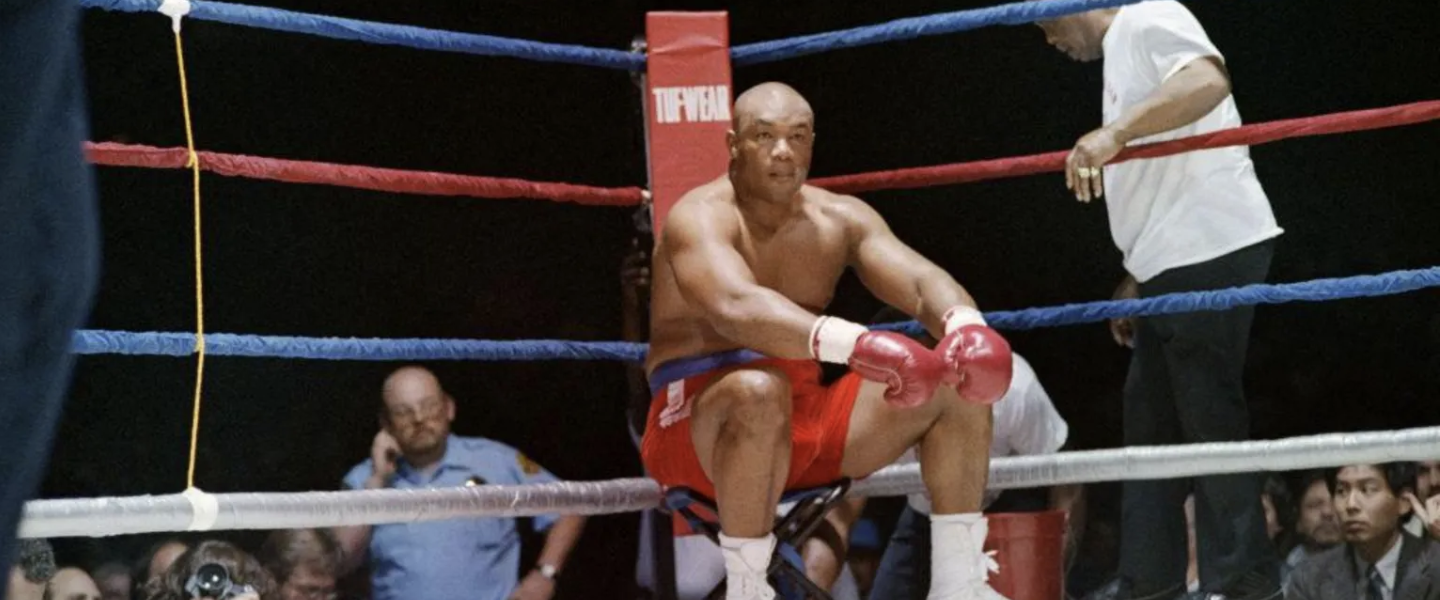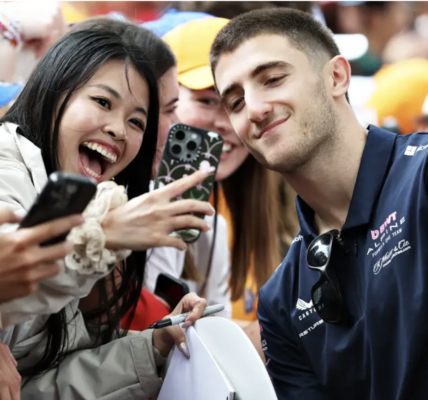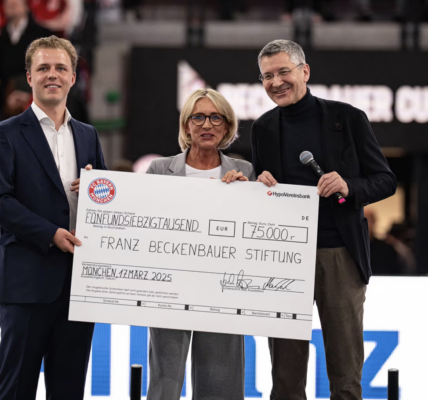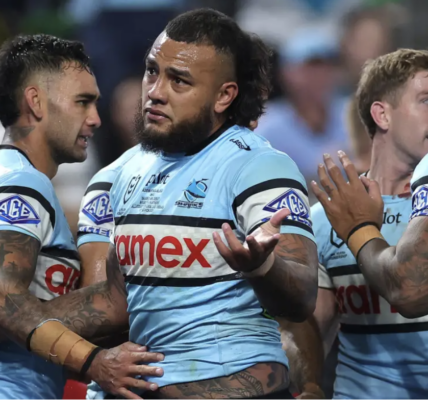Foreman exchanging punches with Muhammad Ali in their famous Rumble in the Jungle fight
The sports and cultural landscape bears very few athletic engagements that can match the enduring impact of George Foreman. The evolution of George Foreman from his beginner status to his famous boxing career and post-ring business ventures have resulted in multiple timeless images that represent boxing history. The world commemorates this heavyweight champion, who won two titles, by analysing his life according to historical standards.
The Early Years: A Champion in the Making
Foreman secured his first significant achievement during the 1968 Mexico City Olympic Games, which later became a historical image. After winning his game, the boxer waved an American flag he had carried into the ring, which started his exceptional boxing adventure.
Born George Edward Foreman on 10 January 1949 in Marshall, Texas, his amateur boxing career peaked at the 1968 Olympic games in Mexico City, where he won a gold medal and famously waved a small US flag after his win.
Dominance in the Ring: The 1970s Era
From the start of his professional boxing career to obtaining the championship title, Foreman experienced spectacular success. His win of the world heavyweight championship in 1973 at the Heavyweight division came from one of the most brutal fights in boxing history as he knocked down his opponent Joe Frazier six times during the first two rounds. The most iconic fight photograph in boxing history shows Foreman standing victoriously as he clenches his fists over a defeated Frazier.
1974 Foreman experienced his most challenging test: facing Muhammad Ali in The Rumble in the Jungle. Everybody present witnessed Ali taking the power punches from Foreman while putting his “rope-a-dope” strategy to work. The impressive knockout when Ali defeated Foreman in the eighth round stands forever in boxing history. Although Foreman did not win, his match solidified his place in athletic history.
He became a professional in 1969 and advanced through the ranks rapidly. He had a 37-fight winning streak by 1972, with 35 of those victories coming via knockout. He overcame then-unbeaten world champion Joe Frazier in 1973 to earn his first attempt at the world heavyweight title.
Foreman won the title at the age of 24, and successfully defended it twice.
Retirement, Reinvention, and the Comeback of the Century
Boxing once behind him in 1977, Foreman delivered a complete shock to the world by declaring his return to the ring ten years later. At 45 in 1994, Foreman produced one of his most inspirational photographs through a knockout victory against Michael Moorer to reacquire the heavyweight championship. Through a victorious celebration with his raised arms, Foreman stood as an emblem of unwavering dedication, sporting red trunks as he did as a beginner.
Foreman lost his heavyweight belt to Muhammad Ali in their well-known match from the Rumble in the Jungle in 1974. Ali used what he nicknamed “rope-a-dope”—leaning back on the ropes for eight rounds—to exhaust Foreman.
The Business Mogul: Beyond the Ring
Through his creation of the George Foreman Grill, Foreman achieved worldwide recognition while selling 100 million units of the product internationally. Several photographs show Foreman holding his grill while smiling in front of it to display his charm and his skill for business.
A significant shift occurred in 1977 when Foreman quit boxing and became a devout follower of Christianity, eventually becoming an ordained preacher in 1978, soon after losing a bout to American boxer Jimmy Young. Later on, he established the Church of the Lord Jesus Christ and the George Foreman Youth and Community Center.
In 1987, after almost a decade away from boxing, Foreman made the decision to put on the gloves once more in order to generate money for his youth center. He won 24 bouts during his triumphant comeback to the sport before falling to Evander Holyfield in 1991 after 12 rounds.
He took aim at a new endeavor in 1994 when he was chosen to represent the George Foreman Grill, popularly referred to as the “Lean Mean Grilling Machine.” In the same year, at the age of 45, he also became the oldest heavyweight champion in boxing history. Three years later, in 1997, he announced his retirement from boxing after a remarkable 76 wins and 5 losses.
Among Foreman’s twelve children were five sons, all of whom shared the name George. This photo shows him with his son, George III. He once clarified that he gave them his name in order to ensure that “they would always have something in common.” His website states that he preached four times a week at his ministry, continuing his work in the church until his passing.
A Lasting Legacy
Throughout his life, George Foreman transformed from a boxing champion to an entrepreneurial business owner who brought success through the George Foreman Grill product. Through his images, we see the story of a man who fought and lived to become a motivational force for countless people. People still recognise his exceptional travel through photographs that immortalise his remarkable life achievements despite his passing.





